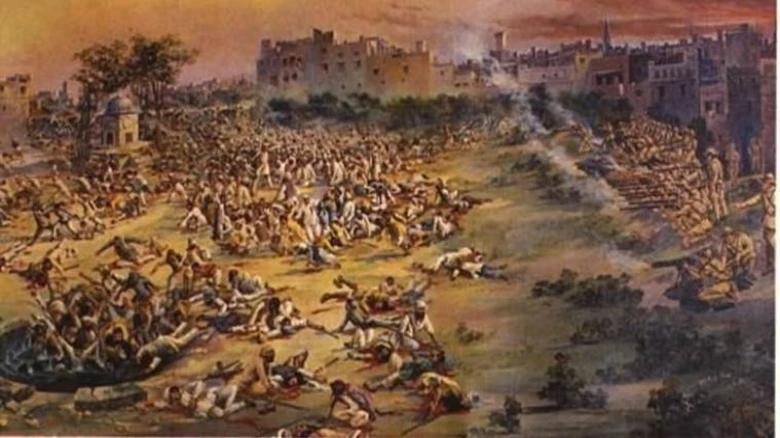Regional

The garden had only a few gates and was completely surrounded by walls on all sides. As British bullets rained down on them, some attempted to scale the walls, while others dove into the garden's well.
Digital Desk: On April 13, 1919, British troops opened fire on a mob of protesters assembled in Jallianwala Bagh. The shooting killed 379 people and injured 1,200 others. Under the command of infamous Brigadier-General Reginald Edward Harry Dyer, the British soldiers began fire. The episode became known as the "Jallianwala Bagh Massacre" and is considered one of the bloodiest atrocities in Indian history. The event is also regarded as the turning point in India's independence movement against the British.
On that fateful day, over ten thousand people gathered at Jallianwala Bagh to protest the Rowlatt Act, which allowed the British government to imprison anyone without a warrant, as well as the detention of two Indian freedom fighters, Satya Pal and Saifuddin Kitchlew.
According to sources, Brigadier-General Dyer ordered the troops to commence fire without warning. The garden had only a few gates and was completely surrounded by walls on all sides. As British bullets rained down on them, some attempted to scale the walls, while others dove into the garden's well.
Here are some of the things that happened in the aftermath of the catastrophe
Leave A Comment